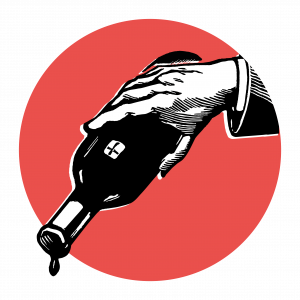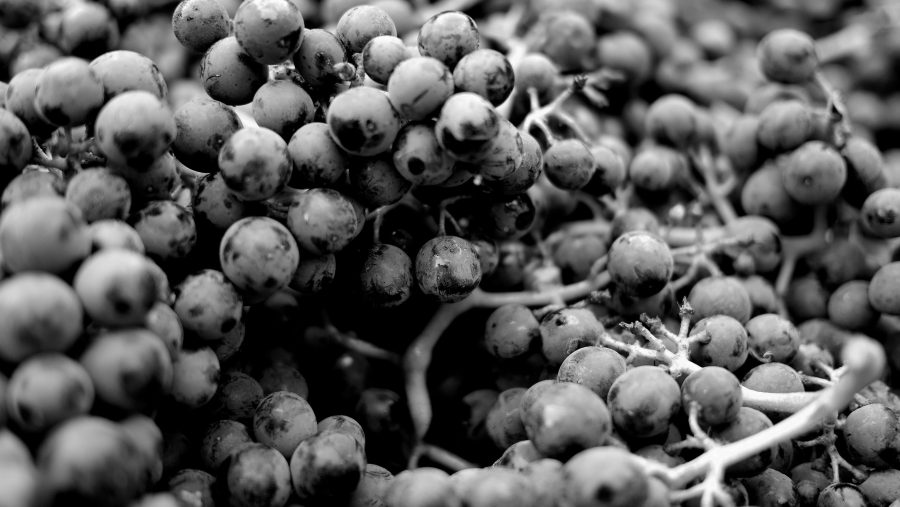This article was originally published in November 2019.
Hermitage is the supreme expression of the Syrah grape, but little recognised – making it a bargain among the Rhônes.
There’s a regular tale of customer woe, familiar to all wine merchants, that goes something along the lines of: “I used to drink the reds of (insert name of posh Bordeaux château/premier cru burgundy here), yet I can now no longer afford them.” The inference being that all vinous enjoyment had come to an end, with the sufferer condemned to a life of Zinfandel Blush from a box, with the odd glass of Madagascan Merlot on high days and holy days.
True, there is a worldwide market that chases certain labels, with an absurd determination to pay whatever it takes. The traditional drinker of top-class Pauillac or Chambolle-Musigny has been elbowed aside; it’s dog eat dog in that marketplace. But all is not lost. When offered the chance to respond to said lament, I have consistently offered the following option: Rhône.
Even the relatively humble appellation of Côte du Rhône can deliver an excellent bottle. And as one trades up through the likes of Vacqueyras, Gigondas, and Crozes-Hermitage, there is outstanding drinking available in the £10 to £20 range (go to Burgundy, and £20 barely grabs you a generic Bourgogne Rouge these days). At the higher end, Châteauneuf-du-Pape has really only gone up in price by the rate of inflation, while Côte-Rôtie’s sublime, perfumed, textures seduce everywhere.
And then we come to Hermitage. This relatively tiny Rhône appellation (about 135ha, approximately the same size as Château Talbot in Saint-Julien) should be on the tip of everyone’s tongue: truly epic wines, masterful vignerons such as Chave, Sorrel, and Chapoutier plying their trade, while in Jaboulet’s 1990,1978, and 1961 La Chapelles you have arguably three of the greatest red wines in history.
It’s true that fashions and fads rule the roost
these days – when did you last buy
a bottle of Cava? But it is nonsensical
that Hermitage has disappeared off the radar
Indeed, such amazing quality meant that back in the 18th and 19th centuries the Bordelais were consistently using Hermitage to bolster their own wines and making absolutely no pretence about it: négociants sometimes offered Margaux or Lafite as being ‘Hermitagé’, and these blended wines would command a premium over the unblended versions.
It’s true that fashions and fads rule the roost these days – when did you last buy a bottle of Cava? But it is nonsensical that Hermitage has disappeared off the radar. Its style is burly and thickset, with shrinking violets in short supply. Sure, a bit of patience is required while tannins soften and harmonise. Yet the wines of Cornas, a little further south, are hewn in similar Syrah fashion, and people nowadays cannot get enough of those. Furthermore, improvements in wine-making has given Hermitage a bit more charm than in yesteryear: smoothing the rough edges and giving a greater ‘lift’ on the fruit, an emphasis on precision and finesse.
Price? Well, on the one hand, not inexpensive; on the other, compared with its French peers, a veritable snip. Fill up, if and when you can.
I’ll leave the final words to another esteemed commentator on the fermented grape, Robert Parker: “For pure richness, allied to remarkable complexity and elegance, Hermitage remains unequalled… a prodigious wine.”








